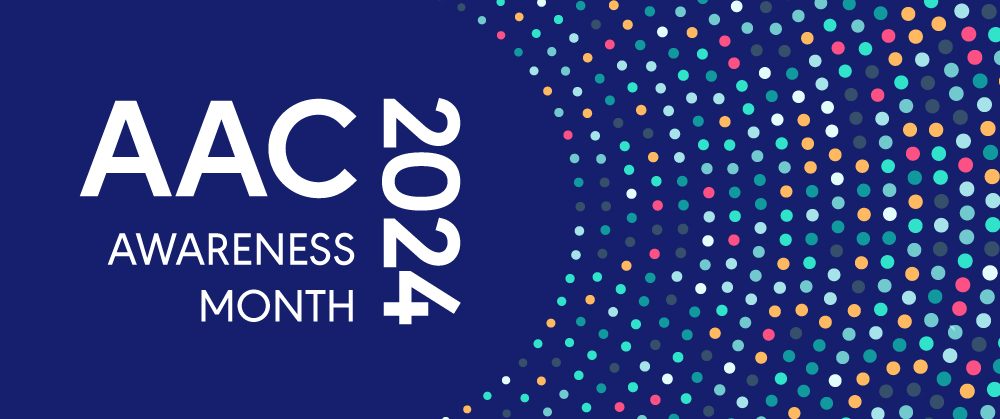Children and adults with severe speech and language difficulties may use augmentative and alternative communication (AAC) to communicate. New technologies have made AAC a viable solution for more people, and research and ideas from ASHA’s journals can help clinicians and researchers stay up to date on the latest in AAC. Check out some of the latest resources below in honor of AAC Awareness Month!
Special Collection Highlights Communication Access
Our latest Special Collection, Communication Access in Health Services, can help speech-language pathologists (SLPs) and other health care professionals lessen communication barriers. When we work together to do so, we alleviate obstacles that contribute to health care disparities for people who use AAC and other individuals with communication disabilities.
In addition to more than 20 articles from across ASHA’s journals, you can find key posts from The ASHA Leader and enlightening interviews from the ASHA Voices podcast. The collection also highlights the experiences of autistic individuals, people with hearing loss, and people with dementia.
This Communication Access collection is a great starting point for ASHA members and their colleagues who wish to advocate for people with communication disorders. Like all of our Special Collections, these resources are specially curated, and we’ll update them as we publish new articles on communication access.
Working With Parents of Children Who Use AAC
Parents’ Perceptions of Eye-Gaze Technology Use by Children With Complex Communication Needs: Computer-based AAC using eye-gaze technology can help children communicate and participate in the classroom, but parents believe that the technology is not being used to its full potential. Learn how teams can work to help children and their families use AAC to support leisure activities, operate smart devices, and meet a variety of other needs.
Parents’ Perspectives of Augmentative and Alternative Communication: From Assessment to Implementation: Authors provide clinicians with a look at the parent perspective in AAC acquisition by identifying main themes in interviews of 22 parents of children who use AAC. Findings support focusing on family-centered care for children with CCNs who use AAC.
Views of Parents on Supporting Language and Literacy for Their Children With Complex Communication Needs: When children with complex communication needs use AAC, it can support communication, social skills, and general well-being; however, AAC must be integrated into children’s natural environments. This study summarizes parents’ goals and values related to communication and literacy as well as their experiences and satisfaction with AAC.
Disaster Preparedness and Low-Tech AAC
Emergency and Disaster Preparedness for Individuals Who Use Augmentative and Alternative Communication: A Pilot Study on Supported Planning Using a Toolkit: During disasters and emergencies, professionals often count on rapid communication, which can be difficult for people who use AAC. This article discusses how SLPs can support person-centered planning around the communication needs of individuals with AAC to ensure that their needs are met during difficult times.
A Randomized Controlled Trial Comparing Face-to-Face Versus Remote Delivery of Low-Tech Augmentative and Alternative Communication in Nonspeaking Children With Autism Spectrum Disorder: Low-tech AAC solutions such as picture communications systems are easy to implement for children diagnosed with autism spectrum disorder, but traditionally their use has required face-to-face communication. These authors studied whether nonspeaking children could learn to use low-tech AAC remotely as a viable alternative to face-to-face instruction.
Even More From ASHA Journals
This month, we encourage you to talk to your friends and family about AAC—including the fact that everyone uses multiple forms of communication every day by typing, texting, and even gesturing and waving! Talking about the way that all individuals use AAC is a great way to challenge stigmas and unconscious biases.
We hope that the resources highlighted in this post give you new tools to work with and new ways to advocate for people who use AAC. ASHAWire publishes dozens of articles on AAC every year, so be sure to use our advanced search function to find more of the AAC research you need.







